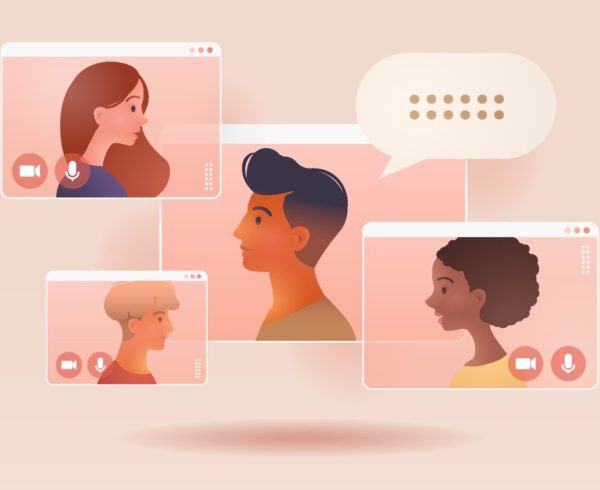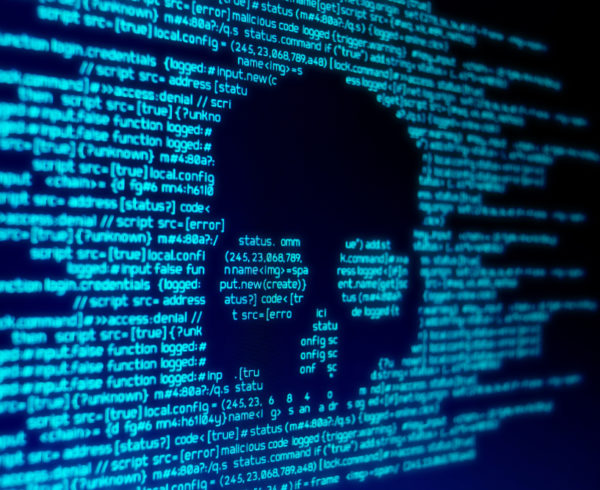Even before COVID forced us all to spend inordinate amounts of time at home, I was a sucker for quarterly conference calls where publicly-held firms field no-nonsense questions from a collection of impatient Wall Street analysts.
There’s really nothing like it. This is the no-BS zone where, for an hour or so, the sundry movers and shakers are required to tell it like it is. CEOs can’t retreat to using scripted cliches or turn to their PR handlers to rescue them with some gauzy misdirection. If they shade the truth, rest assured they’ll suffer the consequences the next day in the form of nasty stock downgrades.
For us, it means we don’t need to wait for the second coming of Nostradamus to find out where things are likely heading in the coming months. If you listen closely, you can piece together the outlines of the next tech narrative before it becomes conventional wisdom.
All of which brings me to the topic of artificial intelligence (AI), which has been grabbing headlines since the 1980s, when the hype over the introduction of so-called “expert systems” first overtook the industry. As with so many technologies, it took time before performance caught up with the promise. But eventually AI went mainstream and helped to solve a lot of operational problems for businesses.
Early on, it figured in new ways of working and developing software. It later figured in the cloud deployment of a bevy of new services – speech-oriented services, search-oriented services, engine recommended services – that are still everyday integuments of our personal and business lives.
And it’s now become table stakes for any company competing for enterprise customers. During Microsoft’s earning call, for example, CEO Satya Nadella made a point of referencing the prominence of AI in the company’s tools portfolio, touting how it’s helping businesses “to build mission-critical solutions that comprehend speech, understand natural language, make predictions, provide insights, and support decision-making.” Indeed, he spoke about Microsoft’s Azure Health Bot, which is being used by organizations like the CDC, Premera Blue Cross, and Walgreens “to build virtual healthcare assistants used by more than 80 million people worldwide at a time when expanding access to healthcare information is more critical than ever.”
But this is just coming attractions for even bigger transformations.
Think of personal, autonomous devices powered by AI while connected to cloud services so that they can continuously learn, according to CEO Jensen Huang, who talked eloquently about this trend during NVIDIA’s earnings call recently, describing this phase as “the industrialization of AI.”
It’s not just a blackboard discussion any longer. Huang revealed on the call that the big industrial companies he talks with regularly are all investing in developing something like this capability. And so, in the future, he expects that products sold in retail or logistics or transportation or farming are increasingly likely going to be connected devices with an AI service that runs on top of them.
Meanwhile, we’re close to the point where Huang predicts that every end point will get turned into a data center, whether it’s a 5G tower, a warehouse, a retail outlet, or a self-driving vehicle – all are becoming autonomous data centers that will run AI (as well as a lot more.) And in this emerging world, where software is going to enable this autonomous capability, AI will play a leading role helping to write software that runs this new world.
At the same time, we’re moving ever faster into a future where deep learning leads to a proliferation in “recommender models.” That transition is well underway with just about everything that you do on the Internet being based upon recommenders – whether in regard to shopping or music or news. Now, it’s picking up speed.
And it’s all being driven by AI

